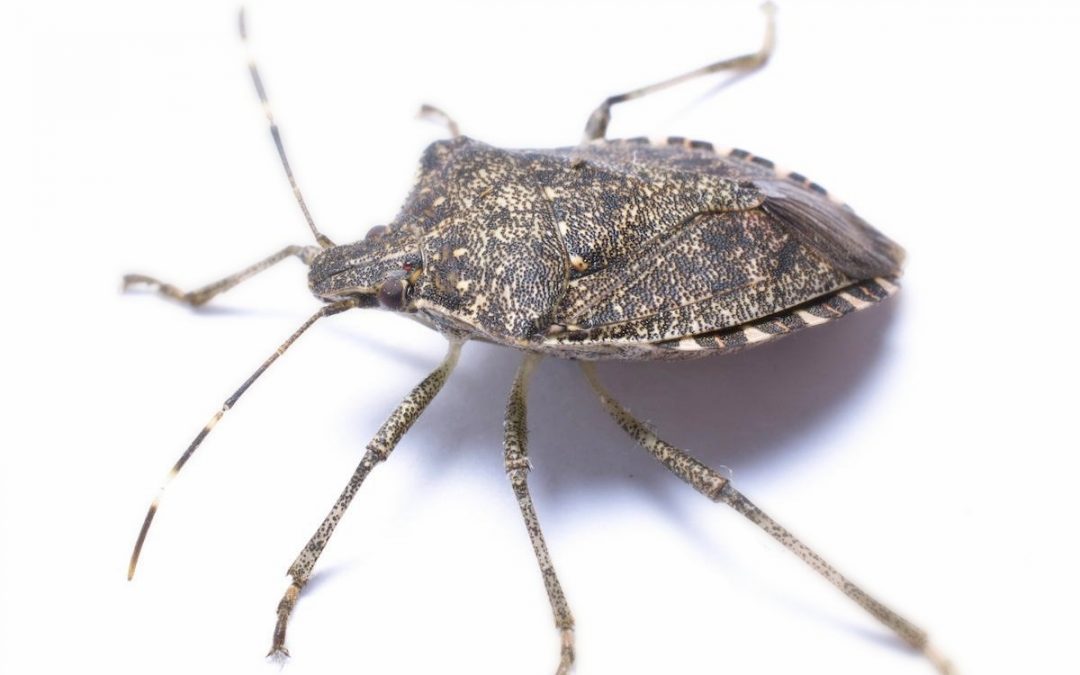Stink bugs: you can’t live with ’em, you can’t kill ’em all. It’s warming up, finally, but that means the stinky pests are waking up from their cold-weather slumber. There’s nothing quite like stumbling out of bed to find one sitting on your toothbrush, finding an entire infestation partying behind a picture frame, or lifting your glass to take a delicious sip of your martini only to find one hanging tenaciously to the rim (a true, if disgusting, story). So what are they and how do you combat them?

The brown marmorated stink bugs are a relatively new pest — they made landfall in North America in the late 1990s in Allentown, spreading first throughout the mid-Atlantic states. They’re not just gross, but cause multi-million dollar damage to farms — and they’re hardy little jerks, resistant to most insecticides.
Inside Your Home
You can combat them with your vacuum, but that causes them to release their eponymous weapon: that stink, so you have to empty the bag immediately. If you have a bagless vac, the whole thing smells bad. There are better methods.
Experts say the most effective way to kill them is a simple solution of dish soap in water. Some say half and half, others recommend a 2-3% mix of liquid detergent to water, and still other formulas call for adding vinegar. Whatever you choose, it’s non-toxic to you, but kills the bugs instantly.
That method will work, but sometimes there are just way too many to kill that way — they’re coming from everywhere, and you’d need to be armed with your spray bottle 24/7. You can call an exterminator, or try a trap.
For the trap, you can find them at big-box retailers or online. You can DIY your trap too. According to researchers at Virginia Tech, their homemade trap is more effective — and simply involves an aluminum roasting pan, soapy water, and a desk lamp. Get the plans.

The Great Outdoors
Outside, stink bugs can damage your trees and plants. Rodale’s Organic Life recommends using commercially available outdoor traps to help keep them at bay. Hang the traps from garden stakes every 20-30 feet around the perimeter of your garden. You can also try planting sunflowers and French marigolds to attract the natural enemies of stink bugs — ants, ladybird beetles, and lacewings, which feed on the stink bugs’ egg nests.
To make sure the nasty things don’t come back into your home in the fall, now’s the time to seal up cracks around doors, windows, siding, utility entrances, and around chimneys. Fix rips in your door and window screens.
To help keep them outside during the summer, you can try wiping down your door and window frames with dryer sheets — some have had success with it, and it’s better than nothing.
Good luck, and at least they don’t sting.


Recent Comments